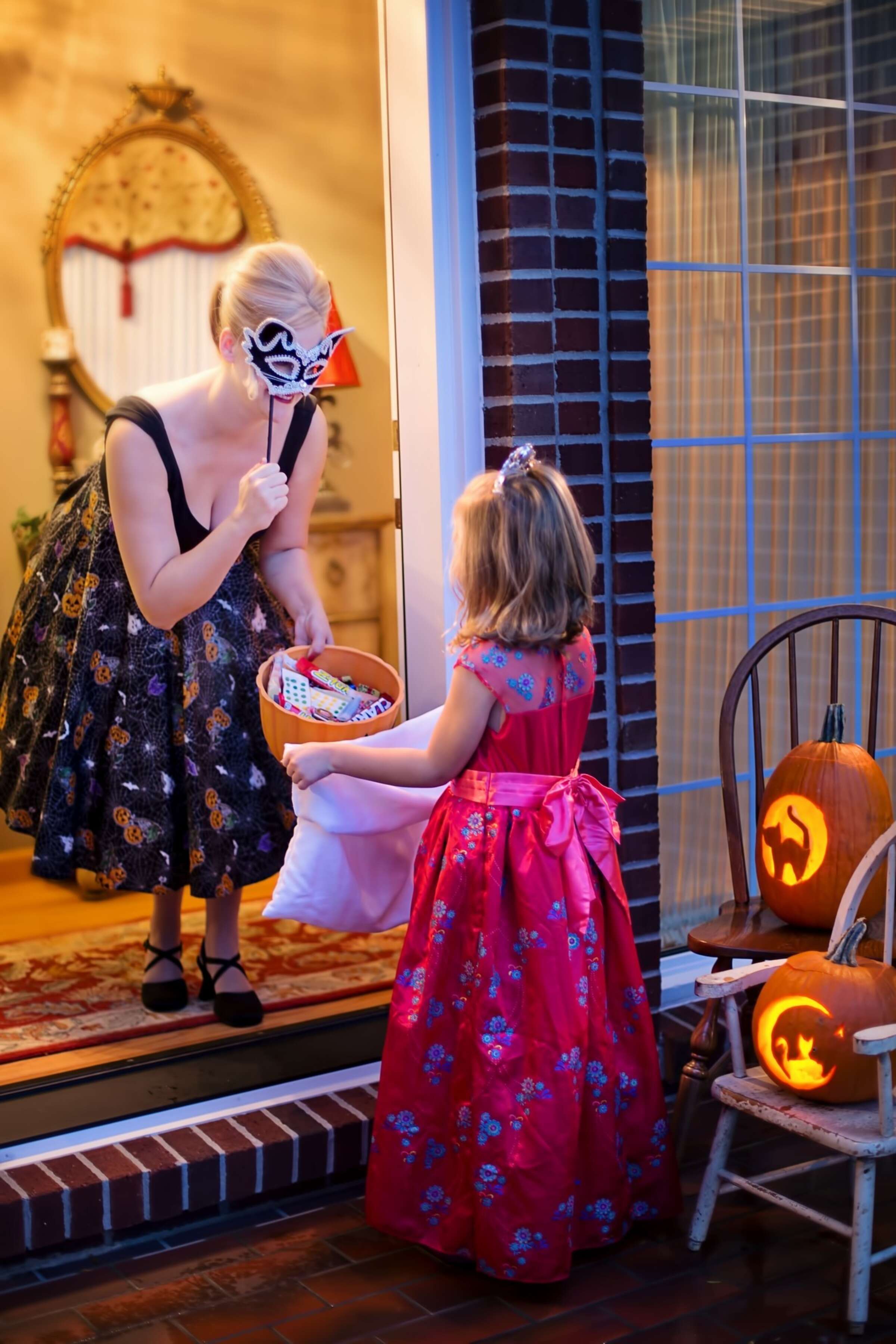What is Halloween?
Hallowe’en is not a Christian concept – many of the activities associated with it have their roots in the ancient Celtic pagan festival, Samhain. But there is a link to the Christian faith and the church calendar and that link explains the name. Hallowe’en falls on 31 October. Many Christians recognise the next day, 1 November, as All Saints’ Day. In the Middle Ages this day was called All Hallows and so the evening before was known as All Hallows’ Eve. This became modified over time to Hallowe’en.
All Saints’ Day commemorates the Christian belief that there is life after death.
All Saints’ Day commemorates the Christian belief that there is life after death. It is when Christians celebrate that all people who follow Jesus Christ and his teachings will be reunited one day in the new heavens and earth. Christianity teaches that this was made possible because of Jesus’ own life, death and resurrection from the dead about 2,000 years ago. In some countries All Saints’ Day is a national holiday. In Mexico, for example, it is known as the Day of the Dead and is marked by colourful celebrations and parties. All Saints’ Day originates from the 7th century when the Pope established All Martyrs’ Day in honour of all Christians who had been executed for their faith since the days of Jesus. In the following century the scope of the day was expanded to include all Christian saints – individuals who were particularly revered by the Church for their lives and faith – and the name was changed to All Saints’ Day.
The following day, 2 November, is called All Souls’ Day. In the Roman Catholic Church it is marked as a day to pray that the souls of people who have died will rest in peace. Orthodox churches have several such days in the year; Protestant and non-conformist churches, such as Pentecostal churches, tend to pray for living people rather than those who have died.
Continued below...

‘I am the light of the world. Whoever follows me will never walk in darkness but will have the light of life’.
Modern-day Hallowe’en has fused elements from Christian and pagan Celtic and Roman origins. For example, the practice of apple bobbing may be linked to the Roman festival honouring a goddess who was symbolised by the apple. Because 31 October was traditionally a time of preparing for All Saints’ Day and All Souls’ Day, various superstitions grew up about the souls of the dead visiting homes seeking hospitality. These ideas may explain the fascination with ghost stories and scary films but they have no basis in Christianity. For many there is little harm in the tradition of dressing up in costumes, carving faces in pumpkins or trick-or-treating where children ask for sweets in return for not playing pranks. But many Christians believe there is a more sinister side to Hallowe’en that should not be trivialised. The Bible teaches that evil is real and that an unhealthy interest in the occult is dangerous and to be avoided. In the Bible book, John, evil is likened to darkness and Jesus is referred to as the light. One passage quotes Jesus saying, ‘I am the light of the world. Whoever follows me will never walk in darkness but will have the light of life’. Another passage in John emphasises the Christian belief that Jesus has defeated the power of death and evil over humanity: ‘the light shines in the darkness and the darkness has not overcome it’.
In recent years, some churches have sought to reclaim Hallowe’en from its more sinister side by arranging ‘light parties’ where the focus is positive and joyful.

What's the history of Halloween?

OPINION - Ghosts, the afterlife, and paranormal in the Bible

